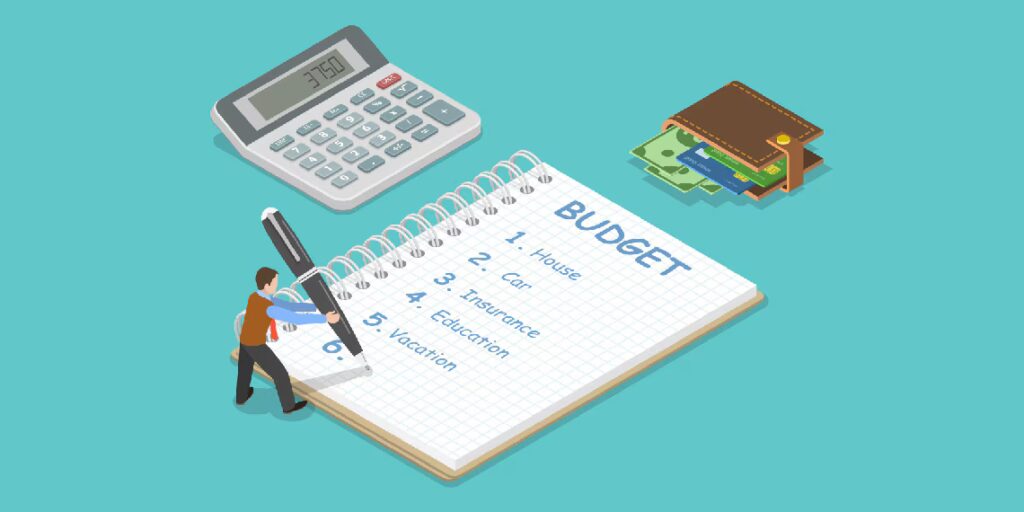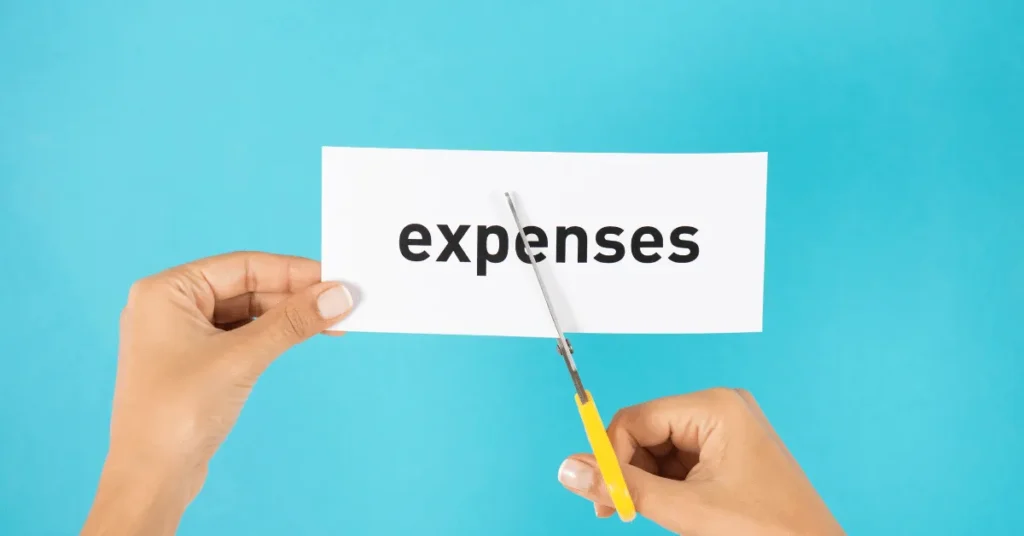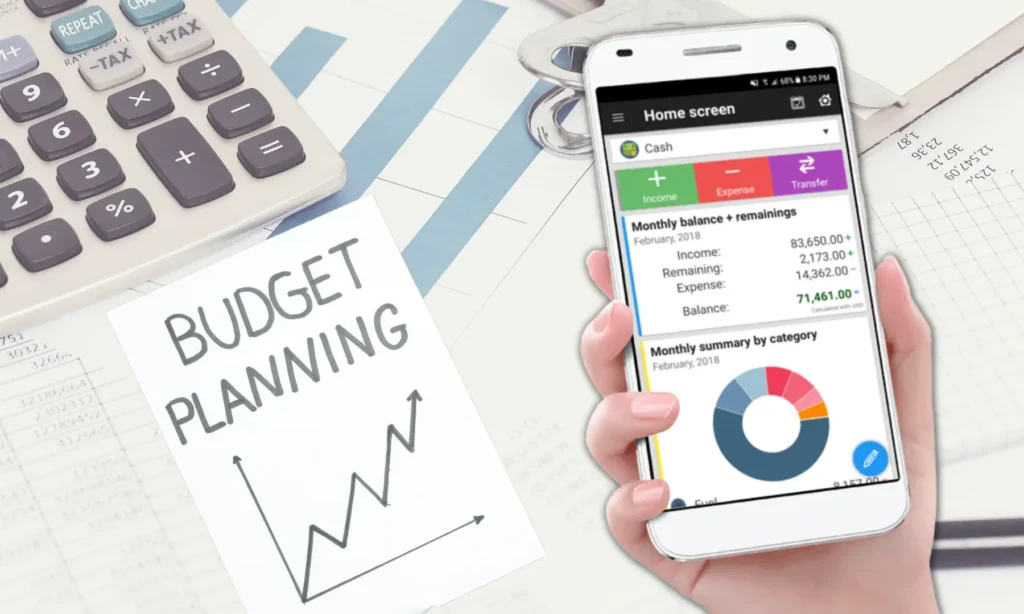Creating a budget is one of the most effective ways to take control of your finances and ensure that you’re living within your means. Whether you’re saving for a big purchase, planning for a vacation, or simply trying to manage everyday expenses, a well-organized budget helps you make informed financial decisions. Here’s a step-by-step guide to planning your budget effectively:

1. Determine Your Income
The first step in budgeting is knowing how much money you have coming in. This includes your salary, wages, freelance income, and any other sources of revenue, such as passive income or side gigs. Make sure to calculate your monthly income after taxes, as this is the amount you can actually spend.
If you have irregular income, like freelance or commission-based pay, use an average of your monthly earnings over the past six months or the lowest income month to be more conservative with your budgeting.

2. Track Your Expenses
The next step is to track all your expenses. Start by categorizing them into two main groups:
- Fixed Expenses: These are regular, recurring expenses that typically stay the same month-to-month. Examples include rent/mortgage, utilities, car payments, insurance premiums, and subscriptions (e.g., streaming services, gym memberships).
- Variable Expenses: These are flexible costs that can change each month, such as groceries, dining out, entertainment, transportation, and personal care.
It’s important to be as detailed as possible when tracking your expenses. For a month or two, keep track of everything you spend, using apps, spreadsheets, or even a manual journal. This will give you a clear picture of where your money is going.

3. Set Financial Goals
Once you know your income and expenses, set specific financial goals. These could be short-term (saving for a vacation, paying off credit card debt) or long-term (buying a house, building an emergency fund, saving for retirement). Setting clear goals helps give your budget purpose and direction.
To make your goals more achievable, break them down into smaller, actionable steps. For example, if you’re saving for a vacation in six months, calculate how much money you need to save each month to reach that goal.

4. Create Your Budget
With all your income and expenses mapped out, it’s time to create your actual budget. There are several popular budgeting methods you can use, depending on your preferences:
- The 50/30/20 Rule: This simple method suggests you allocate 50% of your income to needs (e.g., housing, utilities, food), 30% to wants (e.g., entertainment, dining out, shopping), and 20% to savings and debt repayment.
- Zero-Based Budgeting: In this method, every dollar of your income is assigned a specific task (e.g., bills, savings, entertainment). Your income minus your expenses equals zero. This system ensures that you are giving every dollar a purpose and helps avoid waste.
- Envelope System: Ideal for those who prefer using cash, this method involves dividing your budget into “envelopes” for each category (e.g., groceries, transportation). Once the money in an envelope is gone, you can’t spend any more in that category until the next month.
Choose a method that feels right for you and ensures you can stick to it. The key to budgeting is consistency.

5. Cut Back on Unnecessary Expenses
As you review your expenses, identify areas where you can cut back. Look for subscriptions you’re no longer using, impulse purchases, or expensive habits that you could reduce. You don’t have to give up everything, but cutting back on non-essential expenses can free up more money to put toward your savings or debt repayment.
For example, consider cooking at home more often, canceling unused subscriptions, or finding cheaper alternatives for certain products or services.

6. Build an Emergency Fund
One of the most important aspects of budgeting is building an emergency fund. This fund should cover three to six months’ worth of living expenses in case of unforeseen events like medical emergencies, job loss, or urgent repairs.
Start by setting a goal to save a small portion of your income each month into this fund. Even if it’s just $50 or $100 a month, the key is consistency. Over time, your emergency fund will grow, giving you financial security.
7. Monitor and Adjust Regularly
Your budget isn’t a one-time task—it’s a dynamic tool that needs to be monitored and adjusted regularly. Every few weeks, review your spending and compare it with your planned budget. If you notice you’re overspending in one area, adjust your budget or make cuts in other areas to balance it out.
It’s also important to adjust your budget when your financial situation changes, such as a raise at work, a change in living expenses, or a shift in your goals.

8. Use Budgeting Tools and Apps
There are many budgeting tools and apps available to help you track your finances. Some popular apps include Mint, YNAB (You Need A Budget), and PocketGuard. These apps can sync with your bank account, categorize your spending, and send alerts when you’re close to exceeding your budget.




